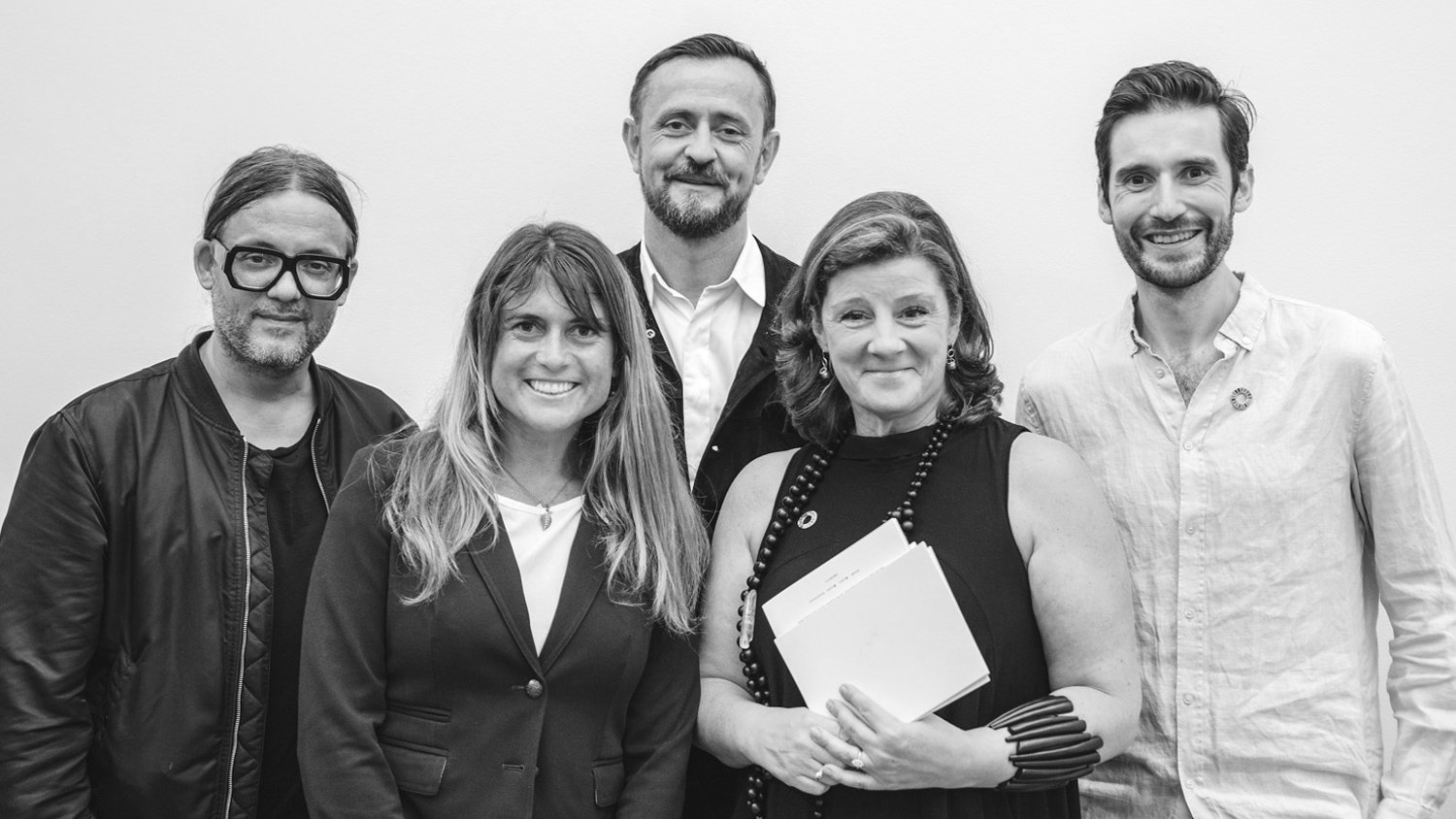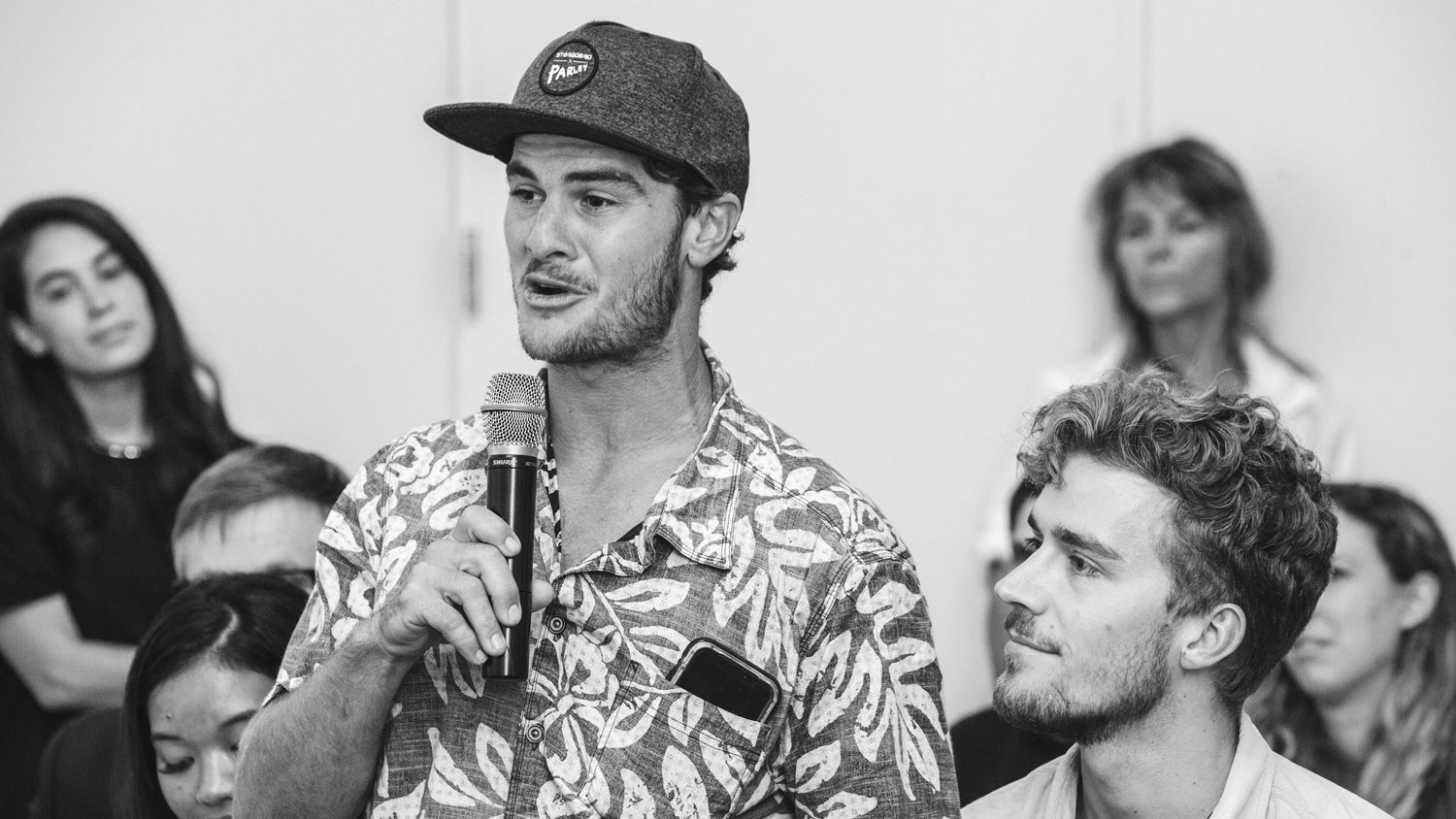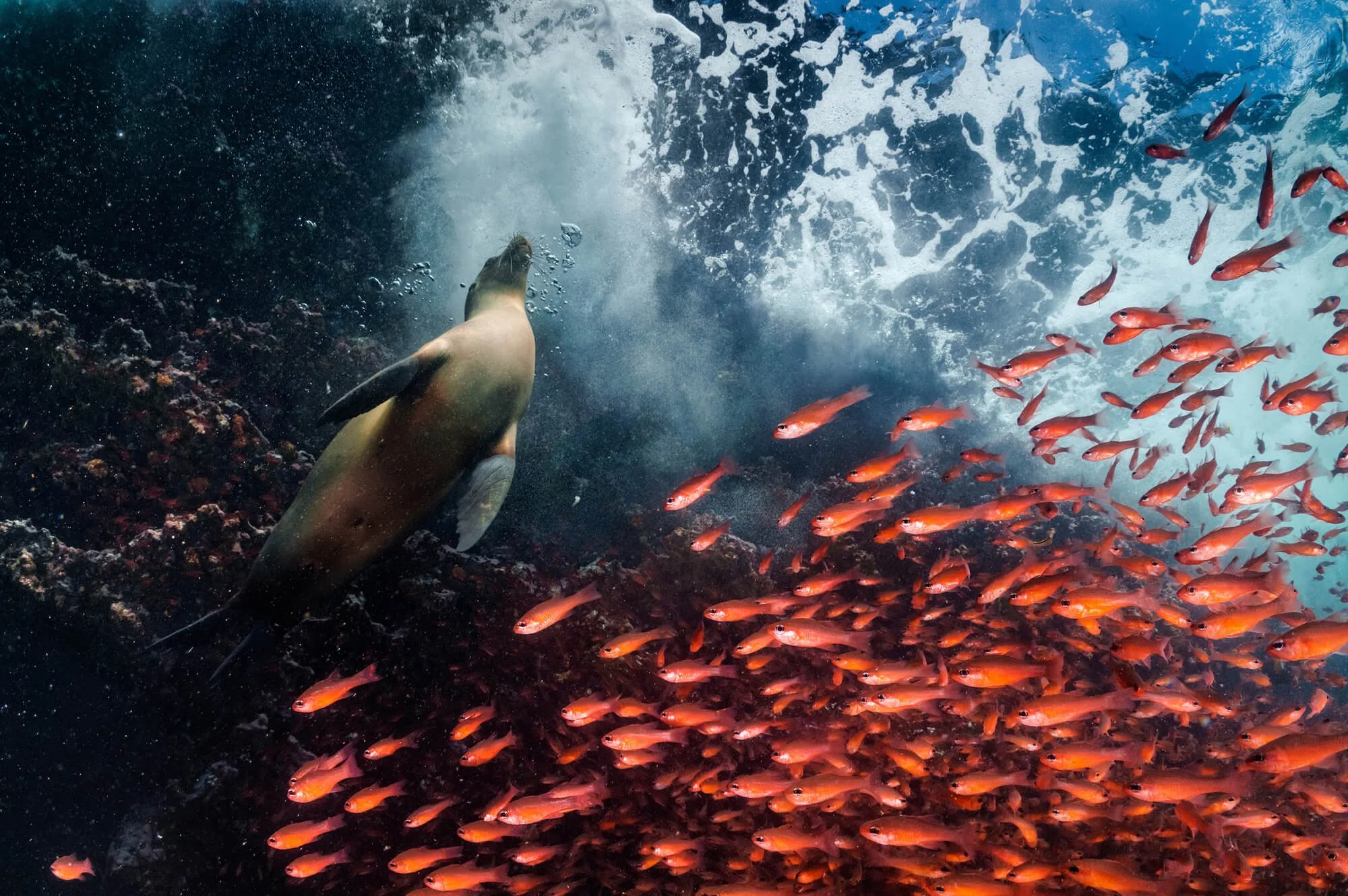ART FOR A HEALTHY PLANET
Parley and ART 2030 explore the role of artists as agents of change
Parley collaborated with ART 2030 to bring together artists, designers and scientists for a conversation at world-renowned Pace Gallery in New York City. The panel, moderated by Parley founder Cyrill Gutsch, was focused on the interlinked issues of Ocean Welfare, Climate Change, Biodiversity Loss, and Ecological Crisis. Panelists included artist John Gerrard, Alex Groves of Studio Swine and oceanographer Dr. Sarah-Jeanne Royer in conversation about the artist’s role in creating change and inspiring action.
“Art has the power to reveal otherwise invisible things.”
John Gerrard
The panel covered territory ranging from technology to the economy, and explored ideas around the concepts of visibility, influence, and the power of images. Change is inevitable, they agreed, but what that entails is uncertain. Art can reflect the realities we live in, but it can also help us to conceive of new visions of what the future looks like. We tend to underestimate the influence of visual communication. It is through it that information can transcend a specific community, and through images that ideas can be manifested into reality.
ART 2030 is a non-profit organization uniting art with the United Nations 2030 Agenda for Sustainable Development and its 17 Global Goals. The New York program coincided with the 73rd session of the United Nations’ General Assembly, and had the aim to unite some of the most important and diverse voices in visual art in order to engage in urgent discussions on how best to create and contribute to a shared and sustainable future.
ART 2030 New York Panel: “Art for a Healthy Planet” in collaboration with Parley for the Oceans, hosted by Pace Gallery. Partners of the 2018 edition of ART 2030 New York are Hempel Foundation, Code Art Fair, and World Climate Ltd. © ART 2030. Photography by LEES Foto.

















